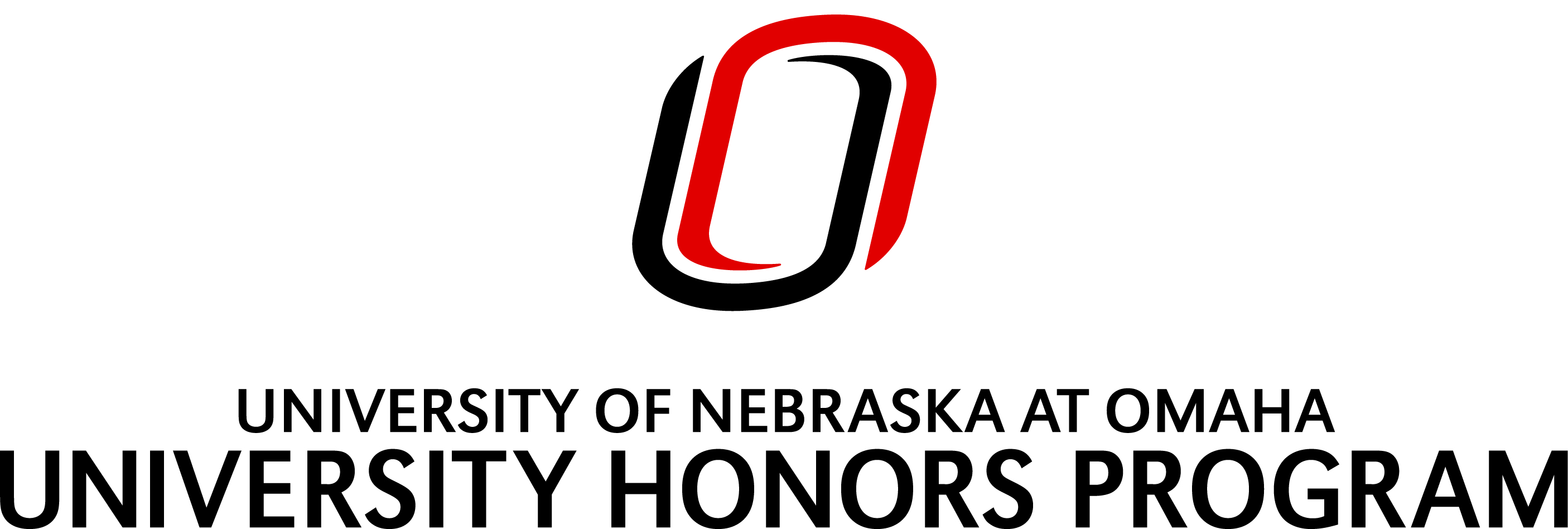Month/Year of Graduation
5-2020
Degree Name
Bachelor of Science (B.S.)
Department
Special Education and Communication Disorders
First Advisor
Dr. Julie Delkamiller
Abstract
Approximately 14% of Deaf and hard-of-hearing (D/HH) students in K-12 educational settings use a sign language interpreter for access to the general education curriculum and the classroom environment . The Educational Interpreter Performance Assessment (EIPA) is commonly used to evaluate the skills of an interpreter as a prerequisite of being hired. This case study analyzes and evaluates the fingerspelling (FS) production of two American Sign Language interpreters while interpreting a lesson. The two interpreters had different EIPA scores: one had recently attained a 3.0 and the other held a 4.0 rating. The data shows marked differences in fingerspelling production in the areas of spelling accuracy, hand and arm posture, and individual letter articulation.
Recommended Citation
Miller, Morgan, "A Case Study Comparing Fingerspelling Production Between Two Interpreters with EIPA Scores of 3.0 and 4.0." (2020). Theses/Capstones/Creative Projects. 111.
https://digitalcommons.unomaha.edu/university_honors_program/111
Included in
Bilingual, Multilingual, and Multicultural Education Commons, Language and Literacy Education Commons, Special Education and Teaching Commons

